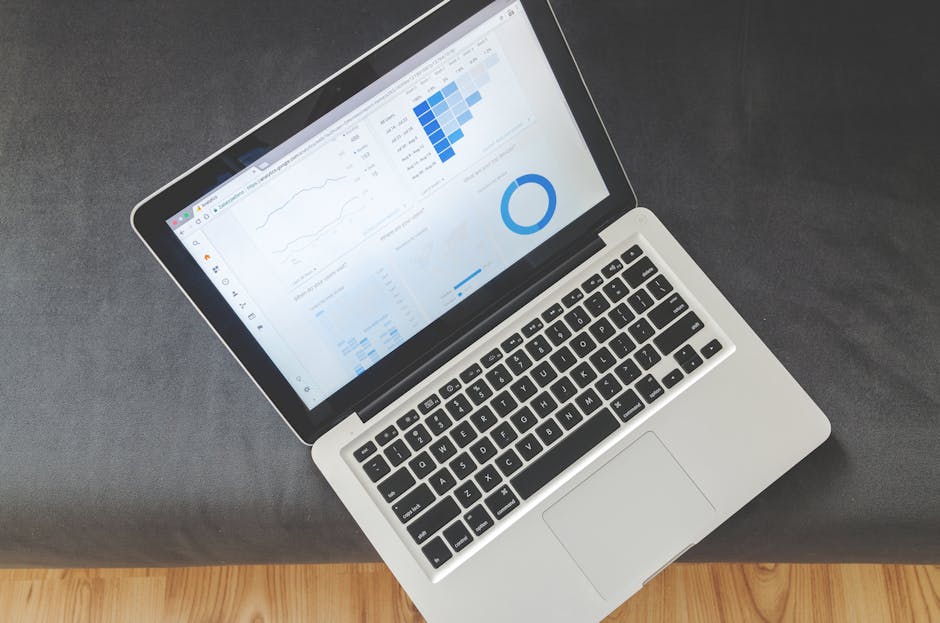Understanding Key Economic Indicators
Understanding Key Economic Indicators
Blog Article

Understanding the dynamics of an economy can often feel overwhelming due to the vast array of data and metrics available. Economic indicators serve as vital tools that help individuals, businesses, and policymakers assess the health of an economy. Through a careful economic indicators analysis, one can gain insights into various aspects of economic performance, enabling informed decision-making and strategic planning. This article will delve into key economic indicators, their significance, and methods for effective analysis, ultimately highlighting their importance in guiding economic decisions.
Understanding Key Economic Indicators
Economic indicators are statistics that provide insights into the functioning of an economy. They can be classified into three main categories: leading, lagging, and coincident indicators. Leading indicators, such as new housing starts and stock market performance, can predict future economic activity. Lagging indicators, including unemployment rates and corporate profits, reflect past economic performance, while coincident indicators, such as gross domestic product (GDP) and industrial production, move in sync with economic cycles.
Among the most crucial economic indicators is GDP, which measures the total value of all goods and services produced over a specific period. GDP growth indicates economic expansion, while a contraction signals potential recession. Another vital indicator is the unemployment rate, which provides insight into labor market health. A high unemployment rate often indicates economic distress, while a low rate suggests a thriving economy. Lastly, inflation, measured by indices such as the Consumer Price Index (CPI), reflects changes in the general price level of goods and services, impacting purchasing power and economic stability.
The Importance of Economic Indicators in Decision Making
Understanding economic indicators is essential for making informed decisions in both business and policy contexts. For businesses, these indicators can inform strategic planning, investment decisions, and operational adjustments. For example, a sustained increase in consumer spending, indicated by retail sales figures, might prompt a business to expand its operations or introduce new products to meet rising demand.
On a broader scale, policymakers rely on economic indicators to shape fiscal and monetary policies. An analysis of economic indicators can reveal whether the economy is overheating or in need of stimulus. For instance, if inflation is rising sharply, a government may consider tightening monetary policy by raising interest rates to stabilize prices. Conversely, persistent unemployment may lead to stimulus measures to spur job creation.
Methods for Analyzing Economic Indicators
Economic indicators analysis involves both qualitative and quantitative methods. Qualitative analysis focuses on interpreting the context and underlying factors affecting the indicators. This approach may include examining consumer sentiment, business confidence, and geopolitical events that can influence economic performance.
Quantitative analysis, on the other hand, involves statistical methods to interpret numerical data. This can include trend analysis, where historical data is examined to identify patterns, or regression analysis, which assesses the relationships between different economic variables. Both methods are essential for a comprehensive understanding of economic indicators and their implications.
For those looking to dive deeper into this analysis, resources and tools are available to assist in understanding and interpreting economic data. Engaging with expert analysis can further enhance one’s ability to make sense of complex economic environments. For instance, platforms like Credence Data offer valuable insights and detailed assessments of various economic indicators, fostering better decision-making.
Conclusion
In conclusion, economic indicators serve as critical tools for assessing the health of an economy and informing decision-making processes. By understanding key indicators such as GDP, unemployment rates, and inflation, individuals and organizations can make well-informed choices that align with economic realities. Employing both qualitative and quantitative methods in economic indicators analysis can enhance one's ability to navigate the complexities of economic data, ultimately leading to more effective business strategies and sound policy decisions. Embracing these insights can empower stakeholders at all levels to adapt and thrive in a dynamic economic landscape.
Report this page